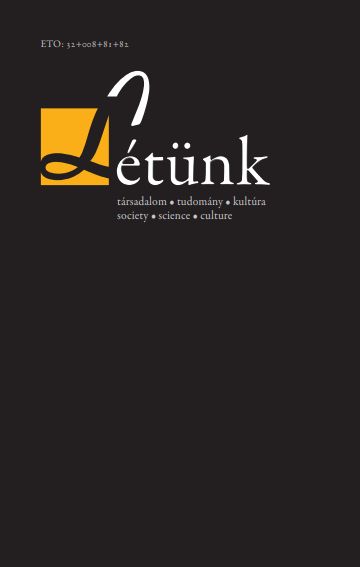KUPUSZINAI HAGYOMÁNYOS MESEMONDÁS
KUPUSINAN TRADITIONAL STORYTELLING
Author(s): Tamara Berkó CsuvárditySubject(s): Customs / Folklore, Hungarian Literature, Cultural Anthropology / Ethnology
Published by: Fórum Könyvkiadó Intézet
Keywords: folk tale; traditional storytelling; oral storytelling; Kupusina (Hungarian: Bácskertes); Délvidék; Vojvodina
Summary/Abstract: This study aims to present the traditional storytelling practices of Kupusina (Hungarian: Bácskertes or Kupuszina) and István Toldi, its renowned storyteller. A comprehensive review of the extant literature on the subject was conducted, including Judit Raffai’s Vojvodina Hungarian folktale catalogue. It is noteworthy that Kupusina has maintained its Palóc dialect, customs, and unique traditional attire. In the 1950s, oral storytelling was still a prominent form of entertainment in Kupusina, however, it was observed that, like many other similar settlements, the demand for tales and consequently for oral storytelling almost disappeared following the advent of television and radio. The community’s storytelling is dominated by the need for reality, and only true stories are told. The respondents’ recollections indicate that in the past, the villagers primarily engaged with true events, with children acquiring folktales from their parents and grandparents. The community included storytellers, though their repertoire did not encompass folktales, but rather comprised humorous anecdotes. Based on the respondents’ accounts and the reviewed literature, four traditional storytelling occasions were identified: at the barber’s, at the blacksmith’s, at the table among adults, and storytelling for children.
Journal: Létünk
- Issue Year: LIV/2024
- Issue No: 1-4
- Page Range: 319-330
- Page Count: 12
- Language: Hungarian

